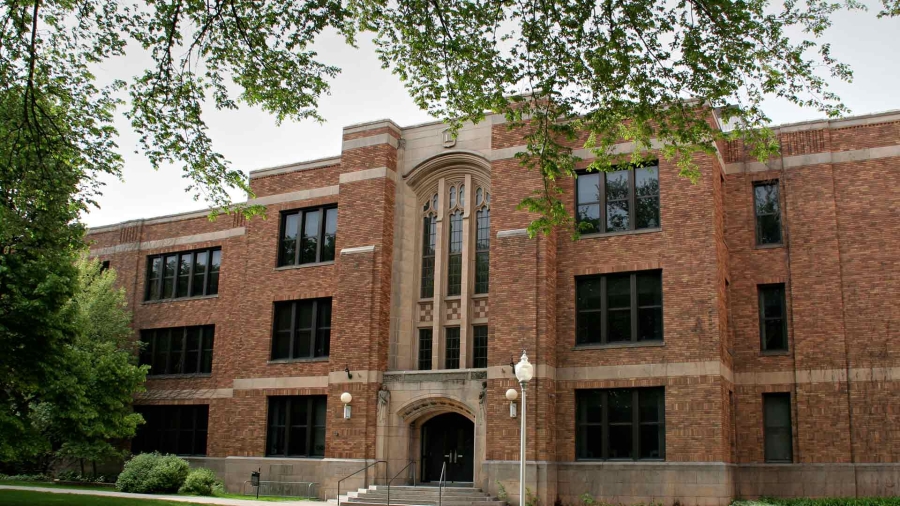Co-authored by Jean-Pascal Tricoire, Chairman and CEO, Schneider Electric and Francesco Starace, CEO and general manager of Enel Group.
Cities are one of the fields where the battle for climate change will be won or lost, and we aim to win it.
The coronavirus pandemic may have pushed out populations from big cities like Paris and New York, but metropolises are still growing fast in many parts of the world, thanks to immigration and natural population increase.
This leads to more buildings—and more greenhouse gas emissions. Low-lying coastal cities and those sitting on declining water tables are practically cooking themselves to death.
The world needs to halve its emissions by 2030 to get on track to the net-zero target by the middle of this century if it is to stay within the safety limits outlined by science and enshrined within the Paris Climate Agreement.
If we are to be successful in the battle against climate change, we need cities to be successful too. Urban emissions come from multiple sources, with transport and waste being among the largest contributors. Fewer green spaces exacerbate the problem.
Emissions from buildings are particularly important, accounting for 40% of the total. This includes emissions from the production of materials such as glass, concrete, and steel, as well as the construction and operation of the buildings. Since so much of the heating, cooling, and power infrastructure supplying buildings depends on fossil fuels, improving their energy efficiency is crucial.
At the recent COP26 UN climate talks in Glasgow, the World Economic Forum’s “Net Zero Carbon Cities Initiative” set out more than 200 solutions that have the potential to rapidly turn this situation around. The Toolbox of Solutions for Urban Transformations, in this beta version, brings together real-life examples from 110 cities around the world pioneering solutions to decarbonize their cities while, for example, catalyzing growth in green jobs and improved air quality.
While it’s open to all, the toolbox is aimed at city leaders, national government leaders, and businesses. Users can browse the database and search solutions based on attributes or to address their most pressing local challenges.
For example, Enel, one of the world’s largest power companies, has developed a second-generation smart meter that allows the collection of more than 7,000 billion data points per year, including almost real-time use and electrical parameters to enable big-data analytics for the grid. In Italy alone, the Open Meter will reach more than 35 million customers by 2025, improving customers’ awareness of their electricity consumption habits and favoring more efficient and sustainable consumption models. The Open Meter is designed and manufactured using regenerated plastics, emitting 6% less carbon dioxide and producing 122g less waste for each Open Meter compared to a conventionally produced meter.
Meanwhile, in Holland, Mich., city leaders set target goals on energy consumption and the deployment of smart heating, ventilation, and air conditioning automation systems in the renovation of buildings. The initiative, in partnership with Schneider Electric, has already helped households to reduce energy usage by 30% to 50%.
Along with continuous updates of the Toolbox of Solutions, the WEF is developing a series of workshops that bring together stakeholders from across the urban ecosystem in discussion to refine and prioritize net-zero solutions that best fit their city.
These targeted solutions can help build healthier, cleaner, and more livable cities everywhere while generating financial savings that can be plowed back into further transformations across energy, buildings, mobility, water, and waste management.
However, city leaders must go further, with stepped-up ambition and a focus on execution. Governments need to make high-aiming, green building codes part of their climate plans, known as Nationally Determined Contributions. We must scale low-cost green financing to deploy smart and clean energy infrastructure. Cities must encourage digital innovation, compact urban planning, and decarbonized public transport.
It’s time for cities to take the lead and for the world to listen to their experiences. The commitments they make can protect people and property from the environmental and social impacts of global warming. Together, we can ensure that cities are the great engines of human endeavor in the battle against climate change.
This article first appeared on Fortune.
Follow Jean-Pascal Tricoire on LinkedIn and Twitter, and catch up on his latest articles below.
Why Energy Efficiency is the Unsung Hero of the Fight Against Climate Change
Corporate action on climate change needed now more than ever
Decarbonizing cities – how to harmonize buildings, mobility and infrastructure
Industry must transform. Here's a practical recommendation













